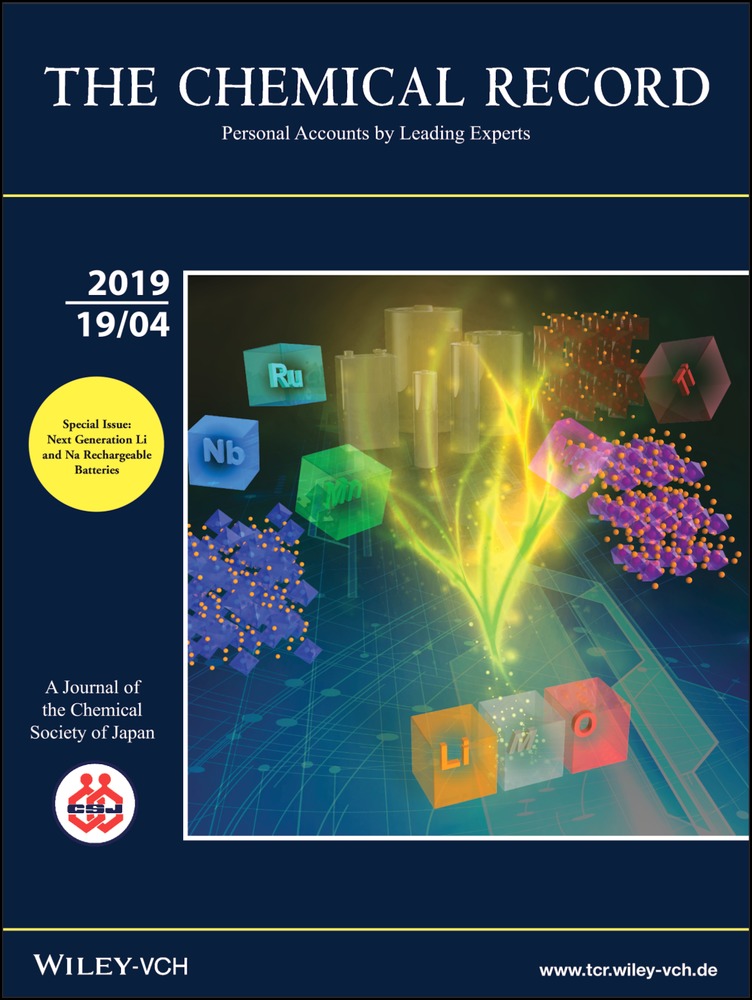Microscopic Elucidation of Solid-Electrolyte Interphase (SEI) Film Formation via Atomistic Reaction Simulations: Importance of Functional Groups of Electrolyte and Intact Additive Molecules
Abstract
Secondary batteries such as Li-ion battery are expected to be utilized as not only ubiquitous electric power sources such as mobile phones but also large-scale electricity storage devices. Therefore, it is urgent to develop the higher performance secondary batteries. Their lifetime and stability are found to be strongly dependent on the nature of passivation film called solid electrolyte interphase (SEI) film formed on the anode surface in the initial charge-discharge cycle. However, since it is difficult to directly observe the film formation processes in experiment, its microscopic mechanism is still not found. On the other hand, although the theoretical methods are useful complement to the experiment, some new methodologies are necessary to understand the long-term processes of SEI film, which is produced as a result of that a lot of chemical reactions proceed simultaneously. Under the circumstances, we have developed Red Moon method that can simulate such complex chemical reaction systems, and were able to analyze for the first time the SEI film formation processes on the anode surface at the atomistic level. Then, we clarified theoretically the microscopic mechanism of the additive effect which is essential to improve the Na-ion battery performance so as to enhance the SEI film formation. This new microscopic insight must provide an important guiding principle for use in designing the most suitable electrolytes for developing high-performance secondary batteries.




